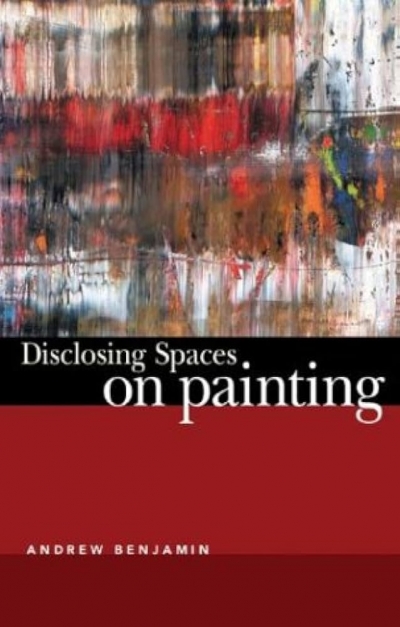Visual Arts
Battle for the Museum: Cultural institutions in crisis by Rachel Spence
by Gabriella Coslovich •
Nilaveli, on the north-east coast of Sri Lanka, is a long way from Sydney’s S.H. Ervin Gallery, but when in 2017 I visited the exhibition Margaret Olley: painter, peer, mentor, muse, which traced the links between Olley and her circle, the name of one of her fellow artists took me straight back to the white sands of Nilaveli Beach.
... (read more)


